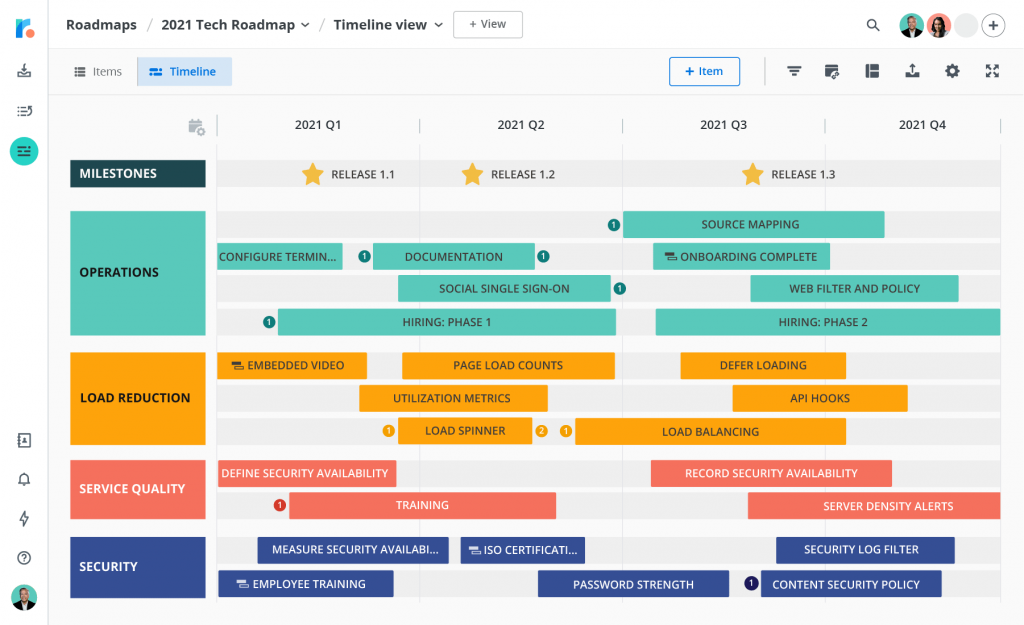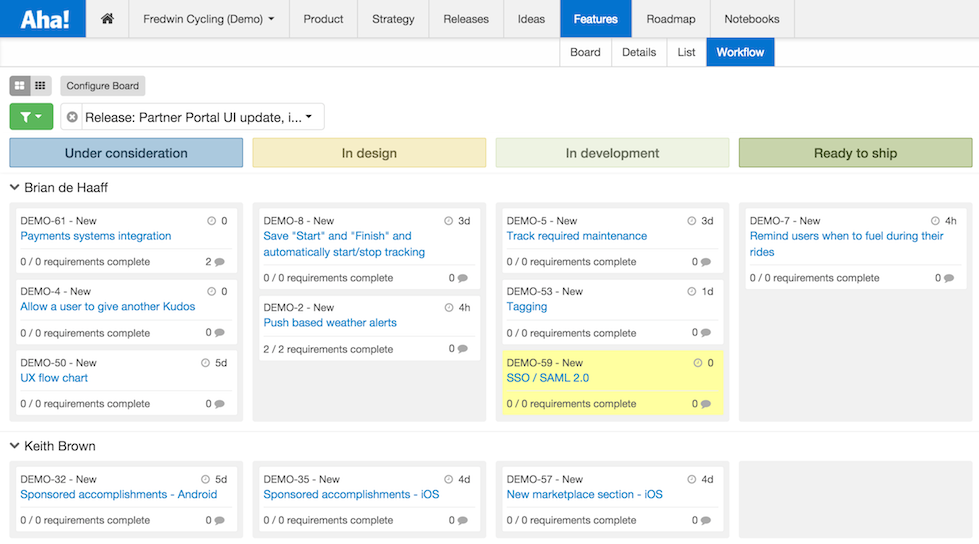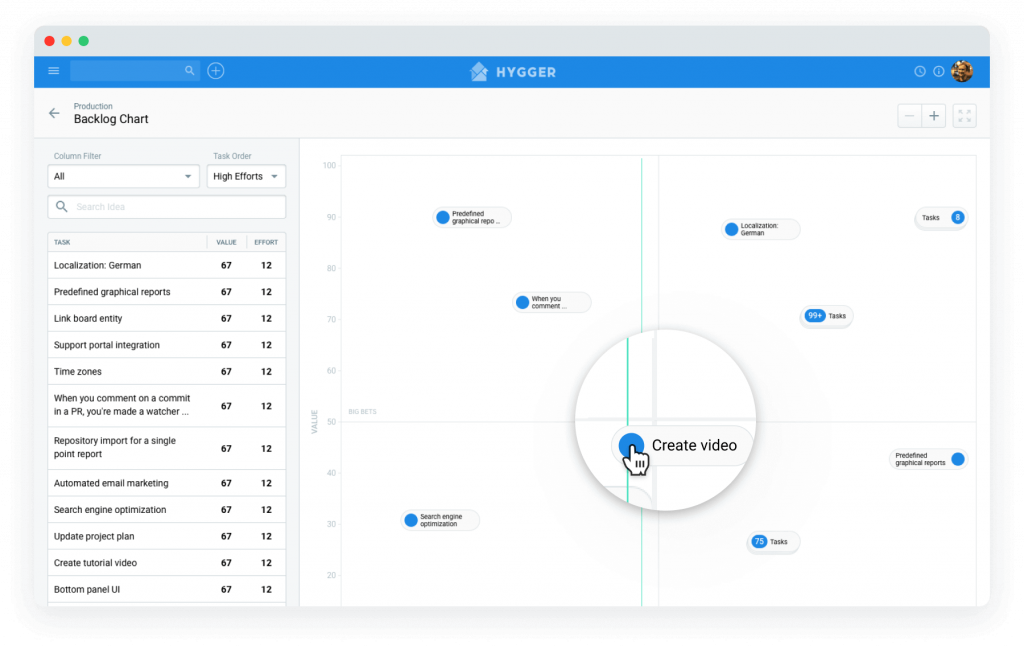Every project is unique. Every project is performed by different people and subjected to external influences. They all are inherently risky.
There are many kinds of risks that positively or negatively affect the achievement of project objectives. They contain both opportunities and threats. Whatever risk is, it should be carefully managed through the risk management process.
What project managers should definitely do is to timely recognize the overall risk exposure of the project to be able to report to stakeholders. In many companies, PMs are often responsible for ensuring that risk management takes place.
Why do we consider risks as the main cause of uncertainty in companies? What are the options on how to deal with potential problems? And what are the stages we need to consider, improving the risk management process? This article is aimed to answer these questions.
Contents
What is Risk Management?
Risk management is a process that allows responsible people to find and actively manage individual risk events, minimizing threats and maximizing better opportunities.
In project management, it is a powerful tool that affects the positive and negative impacts of a project. In many cases, managing risks becomes one of the most critical parts of a project. Unfortunately, projects often contain not only one risk. There are many risks that require discussion with stakeholders and their professional assessment
Any company should care about making risk management a proactive process of identifying, analyzing, and responding to threats.
Risk management may have a different value on different types of projects:
- For global projects, risk management strategies may contain detailed planning and scenarios for each kind of risk. It will ensure a mitigation strategy if challenges happen.
- For smaller projects, risk management often means a simple list of high, medium, and low-priority risks.
What Are the Steps in the Risk Management Process?

Image source: Unsplash.com (M. Winkler)
Risks may occur whenever and wherever, no matter if you manage a web design or development project, or deal with designing a product or construction project. Therefore, it’s better to always be ahead of them as much as possible. A risk management plan is what can help you to be prepared at 100%.
There are typical steps any risk management plan involves:
Step 1. Identify risks
You should care about risk identification not only at the beginning of the project but throughout it. Some risks may seem well known, while others might require additional research to be understood and managed.
It’s better to create a risk identification checklist by interviewing all stakeholders and industry experts. You can also have a risk repository that you may share with everyone you interviewed. This is where smart online project management software comes to assist. Besides, risks may be categorized – they can be technical or organizational, may be related to performance, budget, logistics, and so on.
2. Prepare impact vs likelihood
The next stage is dedicated to reviewing the qualitative and quantitative impact of the potential risk. What is the likelihood of the risk occurring versus the impact it would have on your project? Try to figure it out and map it into a spreadsheet or a matrix.
You may assign the risk likelihood a score (from low probability to high probability) and map out your risk impact from low to medium to high and assign each a particular score.
Step 3. Draft response
When planning risk response, you probably include the following general concepts: eliminating risk, lowering the impact of the risk on the project, and the risk occurrence.
It literally means the expense of your time or your budget. So, it’s better to map out your time, money, and scope prior to creating your risk management plan.
Step 4. Assign a person responsible for a particular risk
In order to successfully manage any risk, you should assign a risk owner or a manager to each risk. In many companies, this role may belong to a project manager, but it’s better to be specific.
Step 5. Prepare a backup plan
Risks may change in classification at any point during your project. Considering this fact, you should come up with a contingency plan as part of your process.
Contingency planning includes presuming new risks during project milestones and reevaluating current risks. The reclassification of risks means adjusting your contingency plan just a little bit.
Step 6. Monitor and analyze risk
The step presumes that you take your project risk register for monitoring and reviewing risks.
Risks are always about uncertainty and if you put a framework around this uncertainty, you will effectively de-risk your project.
How to Manage Risks?
All should begin with a clear definition of what your project has been tasked to deliver. Hopefully, there is no need to remind that project managers must be 100% sure about their project vision, strategy, objectives, scope, and deliverables. Being confident about it, PMs will be able to identify risks at every stage of the project.
The next big thing is communication. Sometimes, managers just write emails to their team players and ask their opinion about a possible risk to the project.
Best project managers get the entire project team together (sometimes together with customer representatives and stakeholders). It is a good idea to initiate a brainstorming meeting and do a risk identification session.
Handling Risks With Project Management Software
Discussing and drafting a risk tracking plan is a start, but in order to achieve more control over your project risks, you should apply project management software.
Nowadays you may find dozens of tools that let you handle risks at every phase of a project. Some of the best solutions will definitely propose the features we list below.
Effective timelines for risk management plans
User-friendly timelines that usually base on Gantt charts functionality will easily help you to create detailed risk management plans to prevent risks from becoming challenges.
Use online roadmaps to schedule, assign and track project tasks with full visibility. You will get all the communication on the project level in real-time, so your team will be able to add comments and files to their assigned tasks if needed.
A roadmap on Roadmunk
Online Kanban boards for managing risks
Effective Kanban boards will help you to sort and prioritize risks if they exist in a more Agile environment. The functionality of many software solutions allows using custom tags and labels to identify tasks as risks within any project.
Kanban board on Aha!
Prioritizing risks with the help of smart matrices and frameworks
When a risk occurs, you will surely ask yourself an eternal question: “What should I prioritize first when everything is a priority?”
Of course, the urgent tasks should be executed first, but how to define them? One of the best ways to prioritize risks during project initiation meetings. For this purpose, you may obviously use a prioritization matrix, such as the Eisenhower matrix, or use even more complex prioritization frameworks and techniques.
Prioritization chart on Hygger
Final thoughts
Michael Jordan once said: “I can accept failure. Everyone fails at something. But I can’t accept not trying. Fear is an illusion.”
Risk management is complicated but it helps to cope with fears. A well-prepared risk management plan and robust project management software will help you to facilitate the process of risk management and reach success.








